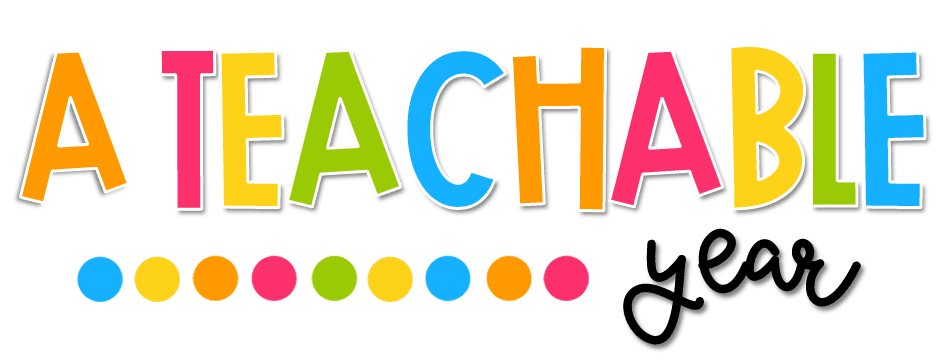Understanding Flashcard Activities
Flashcards are concise cards typically featuring a word, image, or concept on one side and its corresponding translation, definition, or additional information on the other. In ESL settings, these cards become catalysts for language learning, offering an array of interactive possibilities.
Advantages of Using Flashcards in ESL
Vocabulary Reinforcement: Flashcards aid in reinforcing vocabulary, allowing learners to associate words with images or meanings.
Visual Learning: Visual aids stimulate memory and comprehension, aiding learners in connecting words with their meanings or contexts.
Adaptability: Flashcards can be used in various activities, catering to different proficiency levels and learning preferences.
Interactive Engagement: Flashcards foster active participation, encouraging speaking, listening, and comprehension skills in English.
Incorporating Flashcard Activities in ESL Lessons
Vocabulary Introduction: Introduce new words using flashcards, presenting the word, its pronunciation, and a corresponding image for better understanding.
Matching Games: Conduct games where students match words to images or translations, reinforcing vocabulary retention in an engaging manner.
Sentence Formation: Use flashcards to form sentences, encouraging students to construct coherent sentences using the vocabulary depicted.
Role-Play Scenarios: Assign flashcards depicting characters, objects, or scenarios for role-play activities, prompting conversation in English.
Storytelling or Sequencing: Arrange flashcards in sequence to narrate stories or describe step-by-step processes, honing narrative skills in English.
Tips for Effective Use of Flashcard Activities
Consistency and Repetition: Regularly revisit flashcards to reinforce learning and retention of vocabulary.
Interactive Review: Encourage peer-to-peer activities where students quiz each other or engage in group discussions using the flashcards.
Variety in Content: Introduce diverse themes or topics in flashcards to cater to the interests and needs of different learners.
Incorporate Technology: Utilize digital flashcards or interactive apps to complement traditional flashcard activities for added engagement.
Flashcards stand as versatile tools that empower ESL educators to cultivate language skills and reinforce vocabulary among learners. These portable cards serve as gateways to interactive and engaging activities, fostering language acquisition, comprehension, and expression in English.
Embrace flashcard activities as an integral part of ESL instruction, paving the way for a vibrant and effective learning environment that nurtures language proficiency and confidence among learners.






No comments
Post a Comment
Thanks for your comment!